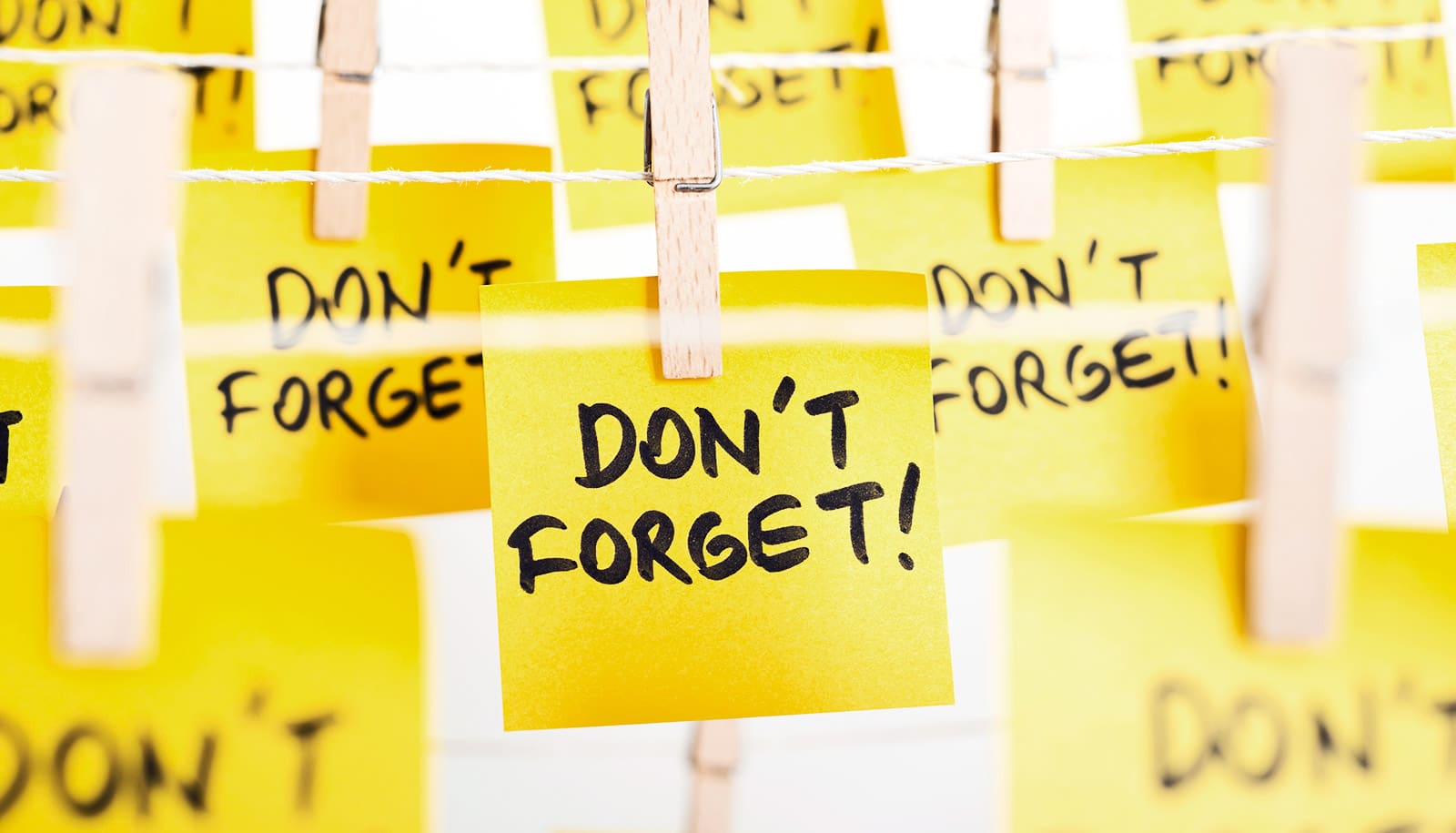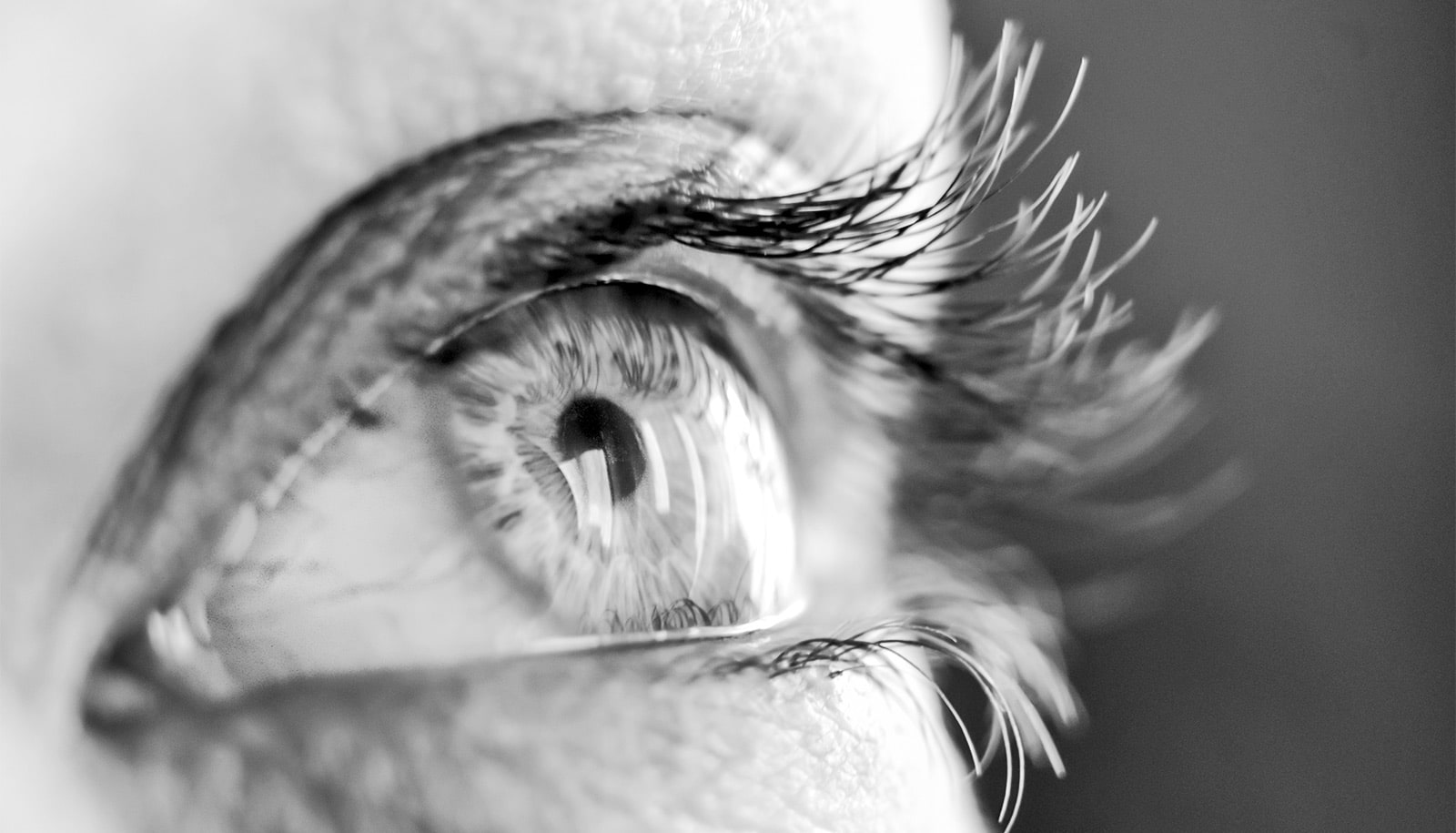As Superman soars overhead, people on the streets famously think they see a bird, then a plane, and then finally realize it’s a superhero. But they haven’t just spotted the Man of Steel; they’ve also experienced ideal conditions for creating a very strong memory of him.
Cognitive scientists have now learned that whether and how something moves—for instance, how Superman appears as he streaks across the sky—contributes to our long-term visual memory of that thing.
The key, the Johns Hopkins University researchers found, lies in whether we can visually track an object. If someone actually saw Superman leap a Metropolis skyscraper in a single bound, they wouldn’t think it was a bird, a plane, and a superhero. They would know he’s just one thing—even though the shifting distance, lighting, and angle change how he looks.
People’s memory improves significantly when fed with rich details about how an object’s appearance alters as it moves through space and time, the researchers conclude. The findings, which shed light on long-term memory and could advance machine-learning technology, appear in the Journal of Experimental Psychology: General.
“The way I look is only a small part of how you know who I am,” says coauthor Jonathan Flombaum, assistant professor of psychological and brain sciences. “If you see me move across a room, you’re getting data about how I look from different distances and in different lighting and from different angles. Will this help you recognize me later? No one has ever asked that question. We find that the answer is yes.”
Humans have a remarkable memory for objects, says coauthor Mark Schurgin, a graduate student in Flombaum’s Visual Thinking Lab. We recognize things we haven’t seen in decades, like eight-track tapes and subway tokens. We know the faces of neighbors with whom we’ve never actually spoken. And very small children will often point to a toy in a store after seeing it just once on TV.
Though people almost never encounter a single object the exact same way twice, we recognize them anyway.
Criss-crossing products seem innovative in ads
Schurgin and Flombaum wondered if people’s vast ability for visual recall, a skill machines and computers cannot come close to matching, had something to do with our “core knowledge” of the world, the innate understanding of basic physics that all humans, and many animals, have from birth.
So, they thought, if we see one thing moving from place to place, our brain has a chance to see it in varying circumstances—and perhaps a chance to form a stronger memory of it. Likewise, if something is behaving erratically and we can’t be sure we’re seeing just one thing, perhaps those memories won’t form.
“With visual memory, what matters to our brain is that an object is the same,” Flombaum says. “People are more likely to recognize an object if they see it at least twice, moving in the same path.”
The researchers tested their idea in a series of experiments in which people were shown very short video clips of moving objects, then given memory tests. Sometimes the objects appeared to move across the screen as a single object would. Other times, they moved in ways we wouldn’t expect a single object to move, such as popping out from one side of the screen and then the other.
In every experiment, subjects had significantly better memories—as much as nearly 20 percent better—of trackable objects that moved according to our expectations, the researchers found.
Brain readjusts your eyeballs with each blink
“Your brain has certain automatic rules for how it expects things in the world to behave,” Schurgin says. “It turns out, these rules affect your memory for what you see.”
The researchers expect the findings to help computer scientists build smarter machines that can recognize objects. Learning more about how humans do it, Flombaum says, will help us build systems that can do it.
The National Science Foundation and the Johns Hopkins University Science of Learning Institute supported the work.
Source: Johns Hopkins University



